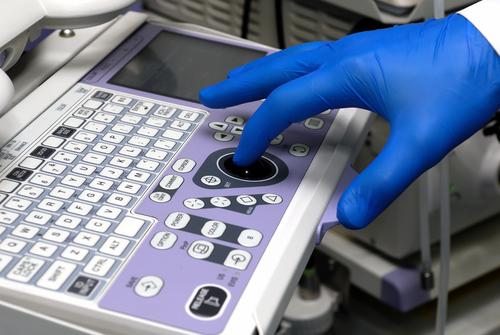Human-Machine Interface Design '101' for Successful Machines and Products
It doesn’t matter if it is a manufacturing machine or a medical diagnostic machine; poor human-machine interface design will prevent the machine’s use. But follow sound fundamental HMI design principles and you won't go wrong.
January 13, 2016
The human-machine interface (HMI), also known as the user interface (UI), is the most critical component of any machine’s usability. Even the most impressive machine means little to nothing to the user if it is not intuitive and easy to use, especially when machines have only gotten increasingly complex.
The Evolution of the HMI
HMIs now must accommodate dozens (if not hundreds) of device functions and capabilities in a single interface and at the same remain intuitive enough that the user can quickly and easily activate and deactivate functions.
In fact, some experts are even making the case to toss out the term “human-machine interface” in favor of something that describes more aptly the relationship between the user, machine, and control: visualization. Meanwhile, the possibility of achieving tangible user interfaces in computing continues to attract the interest of researchers.

It doesn’t matter if it is a manufacturing machine or a medical diagnostic machine; poor human-machine interface design will discourage its use.
(Source: Pannam Imaging)
Designers must grapple with constantly evolving machine and software technology while balancing the demand for the new and shiny components and design elements that will ultimately result in a user-friendly, intuitive interface capable of withstanding expected use in the target use environment.
Design HMIs with the User in Mind
To achieve effective HMI design, a designer must first gain an in-depth understanding of the target user, as well as the goals of using the machine or product. The best HMI designers take time to gain an understanding of not only the identity of the user but also user skill level, possible environmental effects on the machine, and the most important primary and secondary functions for the user.
The interface must be easy to learn and operate for the end user, as well as consistent. This is one of the most challenging aspects of HMI design for engineers. It’s too easy to design highly functional but non-intuitive user interfaces. The ability to shift the design perspective from that of an engineer to that of a user is a critical skill among the most successful HMI designers.
One of the most important things about HMI design to remember throughout the design and engineering process is that the HMI should be simple to understand and easy to use on the first use with minimal training and onboarding. In most cases, this means that while the HMI may seem intuitive to you, you should never consider yourself a suitable subject for testing the HMI’s usability. Instead, focus on the user’s problems and how the HMI can best solve them. This means that the latest technological advances aren’t always the default best choices for any given HMI design.
It’s also important to avoid defining the target user group too broadly. This often leads to missing the distinct needs of various subgroups who are likely to use the machine. Always consider the distinct nuances and variations among these end user subgroups, as well as how each target end user will use the product. Aim to make key functions as intuitive as possible for each of these users.
You May Also Like
.jpg?width=300&auto=webp&quality=80&disable=upscale)


